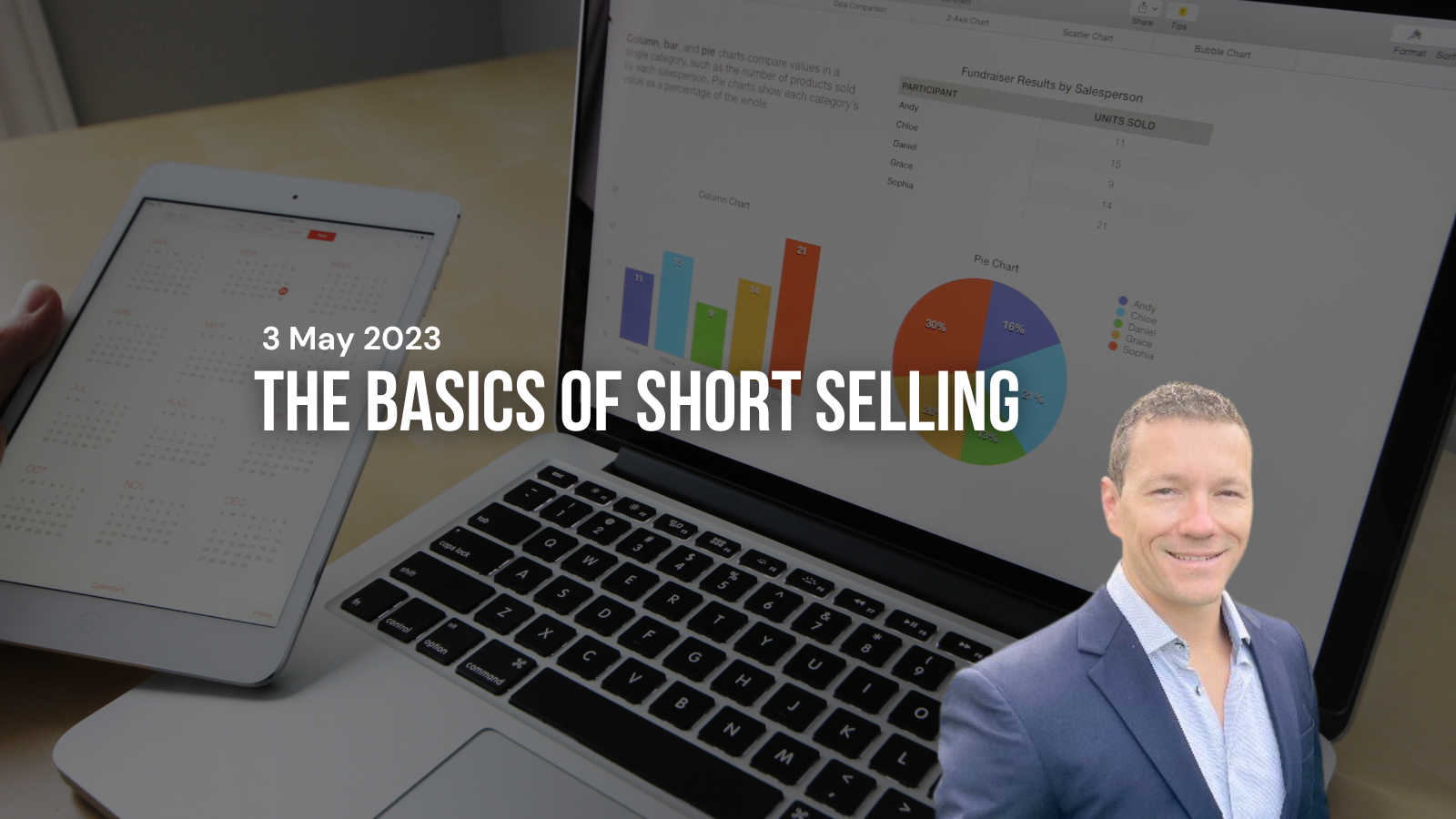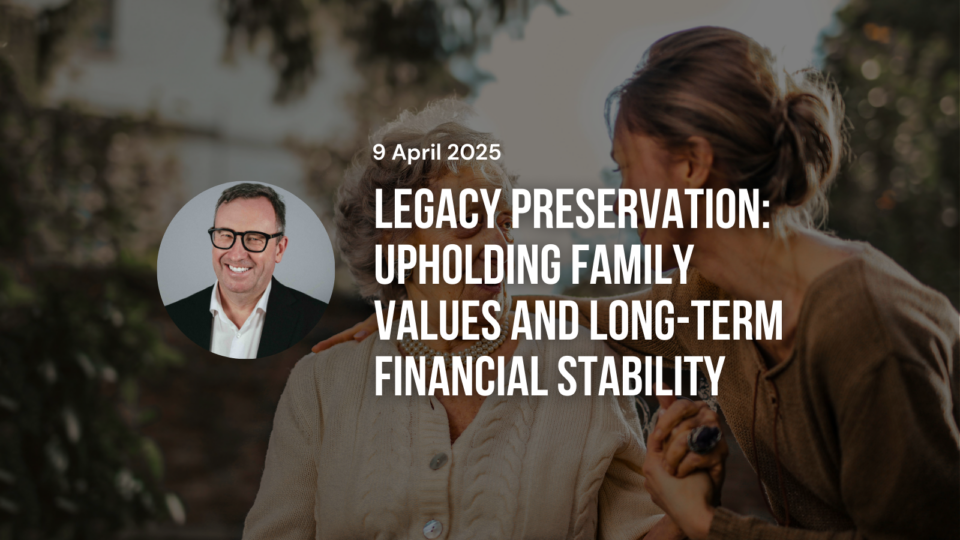

Models of Investing: The Basics of Short Selling
By Leigh Gant, Chief Marketing and Education Officer
3 May 2023
The commonly understood way investors make money from stocks is straightforward: buy a stock with the anticipation that its price will rise over time, and if it does, sell it later for a profit. This is known as “going long.”
It’s the type of investing in which most of us solely participate. If you buy shares in Technology One (ASX:TNE), you probably do so because you think it will make a profitable investment over time.
However, it’s not the only way money can be made on the stock market.
In contrast, shorting, or short-selling, is a strategy that allows participants to profit from a decline in the price of a stock or other asset. The function of short-selling is not available to all retail investors, but it’s a process worth understanding.
In this edition of “Models of Investing”, I’ll explain what shorting is, why an investor might short, how to do it, the risks involved, the maximum upside, and some famous investors who have used shorting as part of their strategy.
What is Shorting?
Shorting a stock is essentially betting against it. An investor borrows shares of a stock from a broker, sells those shares at the current market price, and then waits for the price to drop. Once the price has dropped, the investor buys the same number of shares back at the lower price and returns them to the broker. The difference between the price at which the shares were sold and the price at which they were bought back is the investor’s profit. If the price of the stock rises instead of falling, the investor will incur a loss.
Here’s an example to see how this can profit a short-seller:
If Rio Tinto (ASX:RIO) shares are trading for $100, and a short-seller initiates a three-month short position with 100 shares, they will borrow these 100 shares and immediately sell them for $100 each, banking $10,000.
Three months later, Rio Tinto shares are now trading for $60. The short-seller repurchases 100 Rio Tinto shares for $6,000 and returns them to the original owner, making a profit of $4,000. This is equivalent to how much the long investor has lost on paper.
Of course, this can work in the opposite direction as well. If, after three months, Rio Tinto shares are $120 each rather than $60, the short-seller still has to return the 100 shares but at a higher price. Thus, the shorter would be $2,000 poorer at the end of the transaction.
Due to using borrowed shares when short-selling stock, shorting is a form of leveraged trading (similar to trading on margin). Investors can potentially make substantial returns with little to no initial outlay. However, if the market moves against them, it can leave them on the hook for a large loss.Stop orders can help mitigate this risk, but they’re by no means bulletproof.
Losses for short-sellers can be particularly heavy during a so-called short-squeeze, more on that later.
Why Would an Investor Short?
Investors may choose to short a stock for a variety of reasons. For example, they may believe that a company is overvalued and that its stock price will fall. Alternatively, they may have an informational edge that suggests the company is prone announce negative news in the near future. Investors may also use shorting as a way to hedge their existing long positions, reducing their overall risk in the market.
Risk and Maximum Upside.
The asymmetry of returns on a simple shorting transaction (i.e. without the use of options or other derivative) is easy to understand: the maximum a short can make is 100%. If the share price drops to zero, the investor will have made a profit equal to the full selling price. However, in practice, it is rare for such capitulation and short-sellers should be prepared for the possibility of significant losses.
Shorting can be a risky strategy, as there is no limit to how much a stock price can rise. If the investor’s short position goes against them, they could potentially lose an unlimited amount of money. In addition, shorting requires the investor to borrow shares from a broker, which can be expensive. As with other forms of borrowing, you’ll be charged interest on the value of the outstanding shares until they’re returned (though the interest may be tax-deductible).
What is a short squeeze?
In a short squeeze, investors target a stock that the market has heavily shorted. They then start buying shares in this stock, driving up its share price. This prompts short-sellers, afraid of losing money as the stock price rises, to buy shares to cover their short positions. In other words, they buy enough to return the borrowed shares. However, this contributes to more market demand for the share, increasing its stock price even further.
Short-sellers can lose significant amounts of money in a short squeeze. The more short-sellers panic, the faster the share price rises, leaving the shorters who were slowest to react out of pocket. And, because there is no ceiling on how high a share’s price can climb, short-sellers’ losses can be (at least theoretically) limitless.
When has short selling worked?
Some well known investors who have used shorting as part of their strategy include George Soros, Jim Chanos, and John Paulson. Soros famously made a billion dollars in a single day by shorting the British pound in 1992. Chanos is known for shorting Enron before it collapsed in 2001, and Paulson famously made billions of dollars by shorting the US housing market prior to the financial crisis of 2008.
Is short-selling a good thing?
Shorting is always an area of controversy in the world of investing. Its proponents argue that by allowing short-selling, the market encourages investors to sniff out fraud, deceitful accounting, or any other illicit business activity that might go unnoticed by a long-only market.
In fact, some investment firms and hedge funds operate with the sole purpose of identifying these activities to profitably short-sell the companies that perpetrate them.
However, short-selling also attracts its share of criticism for how it allows investors to profit from a company’s distress — which some view as immoral. When a company fails, it negatively affects its employees, customers, and possibly the broader economy. Critics argue that having large groups of investors hoping for that outcome introduces perverse incentives into the stock market.
It can also incentivise false claims against a ‘short target’ company to create market panic among its shareholders, creating a groundless (but profitable) short-selling opportunity. For example, short-sellers have targeted ASX logistics company WiseTech Global Ltd (ASX: WTC) on multiple occasions.
Even so, short-selling looks as though it’s here to stay. Hopefully, you now have a deeper understanding of this investing practice and how it relates to you as an everyday shareholder.





